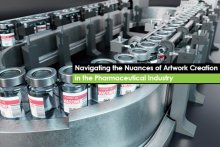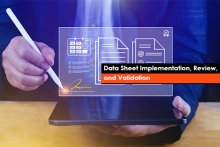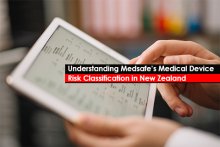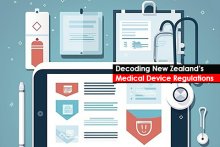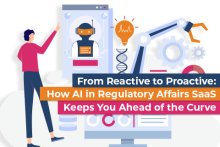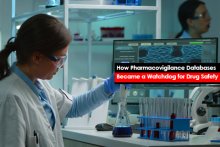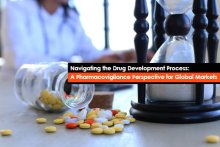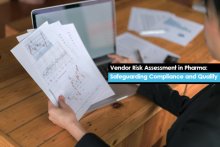Navigating the Nuances of Artwork Creation in the Pharmaceutical Industry
The pharmaceutical industry is a realm where precision and accuracy are not just desired but mandated. Every aspect of pharmaceutical production, from drug formulation to packaging, is governed by stringent regulations to ensure patient safety and product efficacy. Among these critical elements is the creation of artwork for pharmaceutical products, which encompasses everything from labeling to package inserts.

